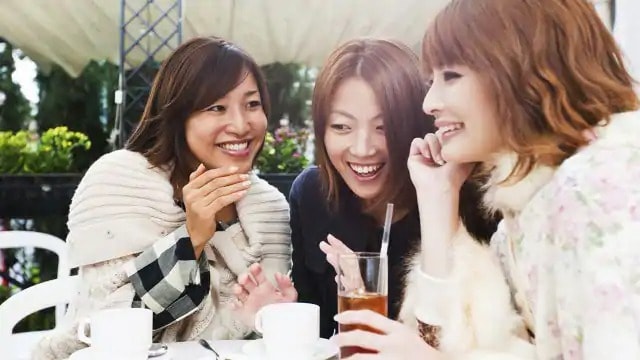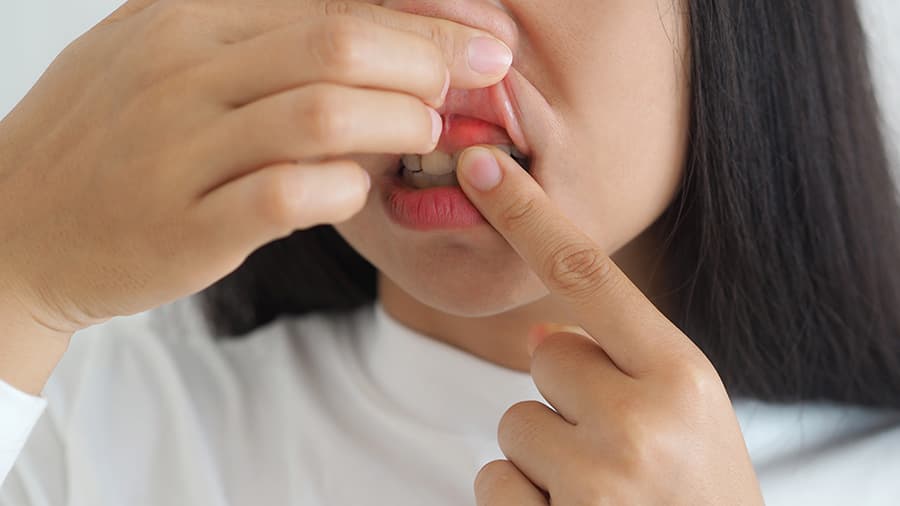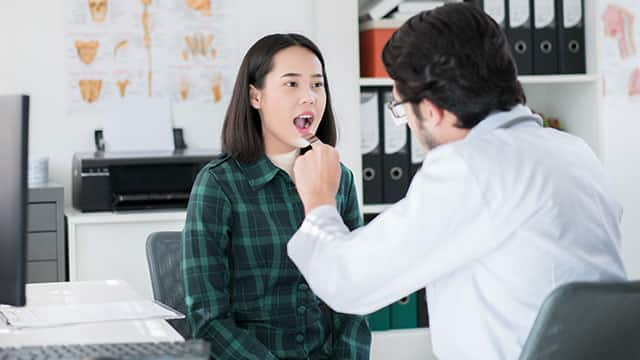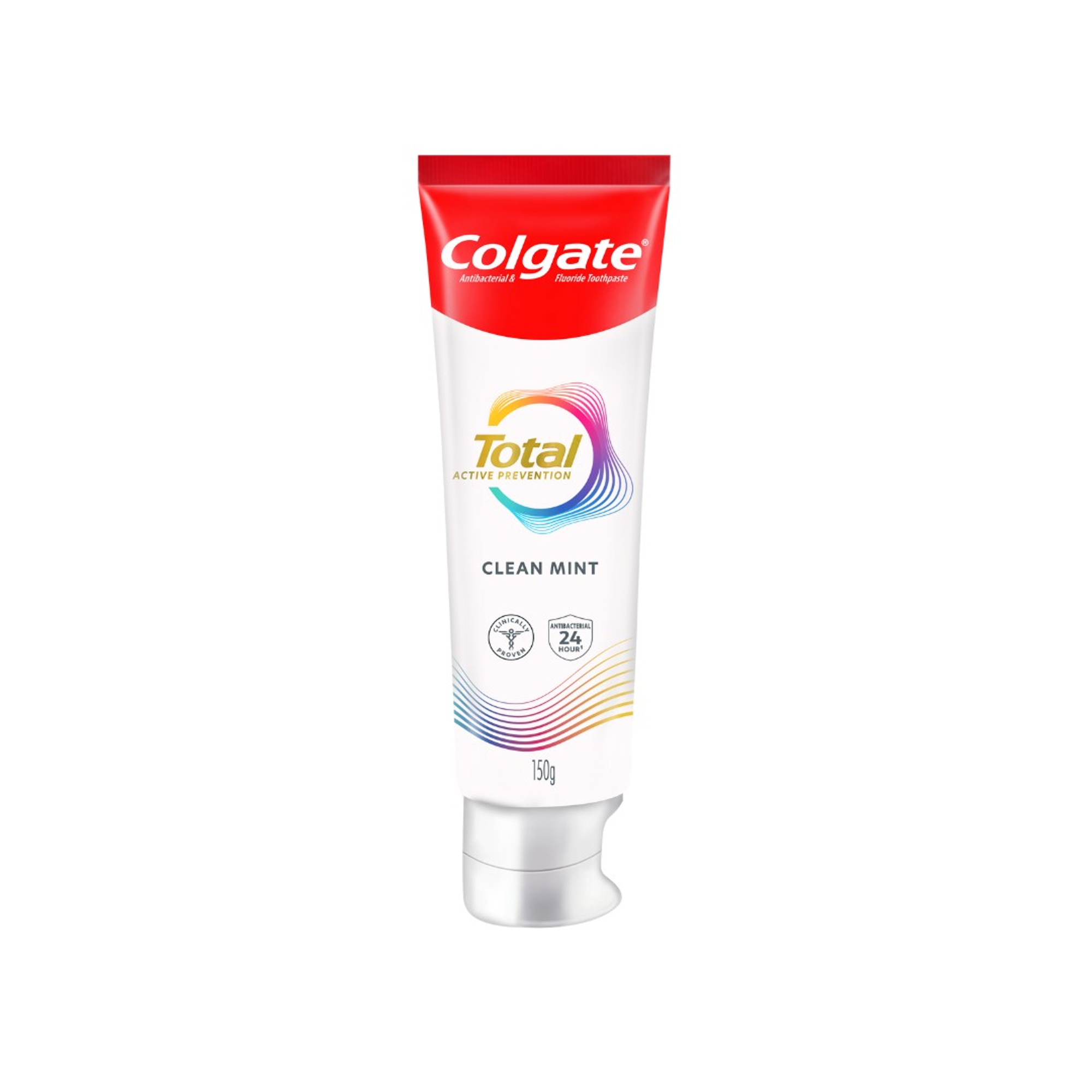-
-

ADULT ORTHODONTICS
Should You Use Mouthwash Before or After Brushing?Brushing and flossing are the foundation of a good oral hygiene routine, but mouthwash can also be a useful addition...

SELECTING DENTAL PRODUCTS
Soft Vs. Hard Toothbrush: Which One Should You Use?The toothbrush has come a long way. As the American Dental Association (ADA) notes...
-
Science & Innovation
- Oral Health and Dental Care | Colgate®
- Oral Health
- Taking Care Of Swollen, Bleeding Gums


Possible Causes of Bleeding Gums
Normal gums are pink and firm to the touch. If your gums appear bright red, swollen, puffy or sensitive, it's a sign of gum disease. The first stage of gum disease is gingivitis, the most common cause of gum issues in adults. The American Dental Association reports the findings of a study by the Centers for Disease Control and Prevention, that half of Americans aged 30 or older have some form of gum disease. However, there are other causes of swollen or bleeding gums which include:
- A person who has a bleeding disorder
- Pregnancy and hormonal changes in women
- Wearing dentures that don't fit properly
- Brushing too hard
- Incorrect flossing
- Systemic infections
- Use of chemotherapy
- People on blood thinner medication
- Smoking and chewing tobacco
- Vitamin deficiency
Preventive Measures
Proper oral hygiene helps prevent swollen, bleeding gum issues. Brushing for about two minutes at least twice a day and flossing at least once a day is essential. To brush your teeth correctly use short, gentle strokes and pay extra attention to the gum line, your back teeth and any fillings, crowns or restorations you have. Consider using a soft-bristled toothbrush, which has a flexible toothbrush head and is specifically designed to prevent excess pressure on your gums.
Start a flossing routine once an evening before you go to bed. Proper flossing between the teeth, curving the floss around the tooth in a "C" shape and gently moving it up and down as well as under the gum line is important. Make sure you use a new section of floss for each tooth so you are not moving plaque around from tooth to tooth. Because flossing helps to remove plaque bacteria and food debris, it's an important preventative step in avoiding gum disease.
Swollen and Bleeding Gums in Children
The American Academy of Periodontology notes that gum disease is common in children, but preventable and treatable. The association recommends teaching children proper brushing habits early and scheduling regular dental checkups to treat any gum or tooth-related problems.
If your child is getting a new tooth, you will see swelling and redness in that area. Apply ice to the area to soothe the inflammation. Sometimes, hard candy or crunchy items can scrape a child's gums, which can cause bleeding and swelling. It's also common for children to injure their mouths after a fall or while playing. If the injury looks severe and any bleeding lasts more than 10 minutes, visit a doctor.
Treatment
For milder cases of swollen gums, consider cleaning the gums properly and swishing salt water around in your mouth which can help reduce swelling. For bleeding gums, a gauze pad dipped in ice water or a damp tea bag pressed on the site will provide relief. The Mayo Clinic recommends over-the-counter pain relievers, including Ibuprofen or Acetaminophen, to reduce pain.
The best treatment for gingivitis is a professional dental cleaning to remove tartar and plaque. Brushing with an antimicrobial toothpaste that fights bacterial germs for 12 hours and helps to reduce plaque, gingivitis, tartar buildup, cavities and bad breath between visits to your dentist.
Related Articles


A periodontal abscess is a painful gum infection caused by bacteria in deep pockets around teeth, linked to swelling, redness, and severe discomfort.

White patches on gums are whitish spots that may signal thrush, leukoplakia, canker sores, or gum irritation. Learn the common causes and risks
Related Products

Helping dental professionals
More professionals across the world trust Colgate. Find resources, products, and information to give your patients a healthier future








